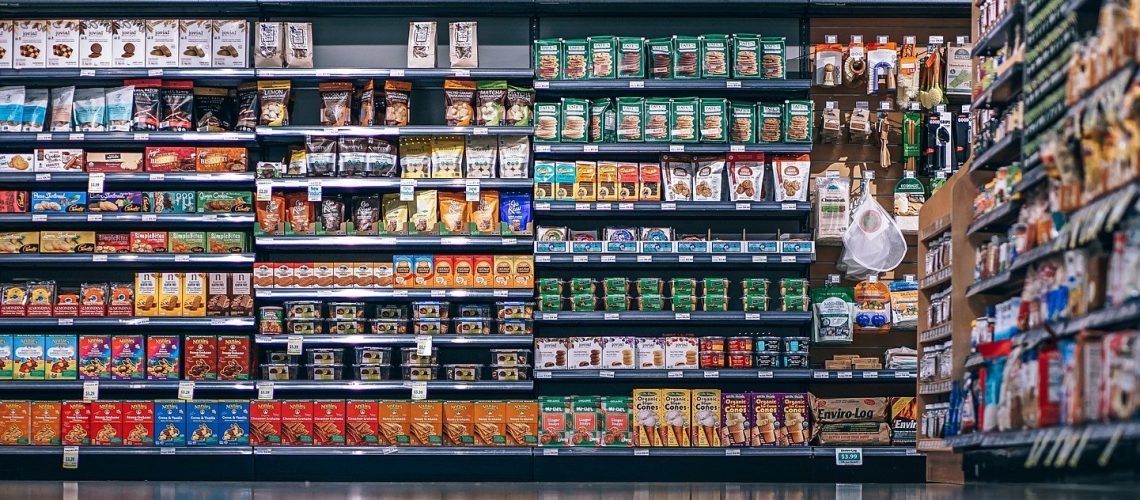The UK contributes to seven million tonnes of safe to eat food waste, with the average household in the UK spending £700 a year on wasted food. The leading cause of this is confusion to what date labels on products actually mean. Each supermarket and brand of product uses different labelling and language to indicate the dates, which causes confusion amongst consumers who mistake “best before” as a warning that food is no longer safe to eat past that recommended date, which is not the case. These enormous figures demonstrate the need for change. Here, Darcy Simonis, Vice President for ABB’s Food and Beverage division discusses how food manufacturers can help reduce consumer food waste due to label confusion.
Mislead by labels
Each year, supermarkets waste almost $300 million worth of food while the hospitality sector wastes an astronomical three billion pounds worth. Common reasons for this waste include damaged produce, it doesn’t meet supplier standards or even that demand is low.
The main reason for disposal of safe to eat food is due to misleading date labels, with $16 billion convert to US dollars’ worth food wasted because of this.
The most recognised food date labels are “best before” and “use-by”. A best before label indicates that if a product is eaten after the recommended “best before” date, the quality will not be at its best, but it is still safe to eat. However, it’s commonly misinterpreted that the food is no longer safe to eat.
A “use by” date on a product is a safety risk and meat, fish and dairy products should all be eaten on or before the specified date. However, labels like “expiry”, “sell by” and “display until” add confusion, despite not affecting the consumer, only the outlet selling the product for stock control purposes.
Traceability to tackle waste
With millions of pounds worth of perfectly edible food filling landfills, a solution needs to be found. Perhaps one of the simplest is to standardise food date labels across all supermarkets and retail stores. The Consumer Goods Forum (CGF) has approved a Call to Action in an appeal to standardise food date labels worldwide by 2020, with the aim to half food waste by 2030.
In the meantime, a way that food manufacturers can help to reduce the cause of food waste, could be to implement traceability software.
Traceability allows manufacturers to track and record data of food produced through all stages of production, processing and distribution to the consumer, which could influence how much safe to eat food is wasted.
In recent years, the concept of ‘farm to fork’ has become increasingly popular, with more people interested in where their food comes from. If consumers could trace how long ago and where their meat was slaughtered, packaged and distributed, or if they could see what date their milk was produced and which farm it came from, they may reconsider throwing away food that is safe to eat, reducing waste.
ABB offer traceability software such as Manufacturing Operations Management suite (MOM), which creates a digital trace of a product by integrating all features into a database.
For example, farmers could log all information of their livestock into a central system, including identification number, the age of the animal, what date it was slaughtered or milked, the date of packaging and where it has been distributed. A QR (quick response) code or barcode storing the information could be printed out and applied to the packaging. Once the product is on supermarket shelves, consumers can scan the code to view the product data.
With the US contributing to 150,000 tons of food waste every day, it’s vital that food manufacturers support the reduction of food waste and should be compliant with the ISO 22005:2007 traceability standard as a minimum.
Standardised date labels and traceability will educate the consumer with more knowledge regarding a products journey and process, meaning that consumers have more information at hand in order to make an informed decision when it comes to wasting food.















